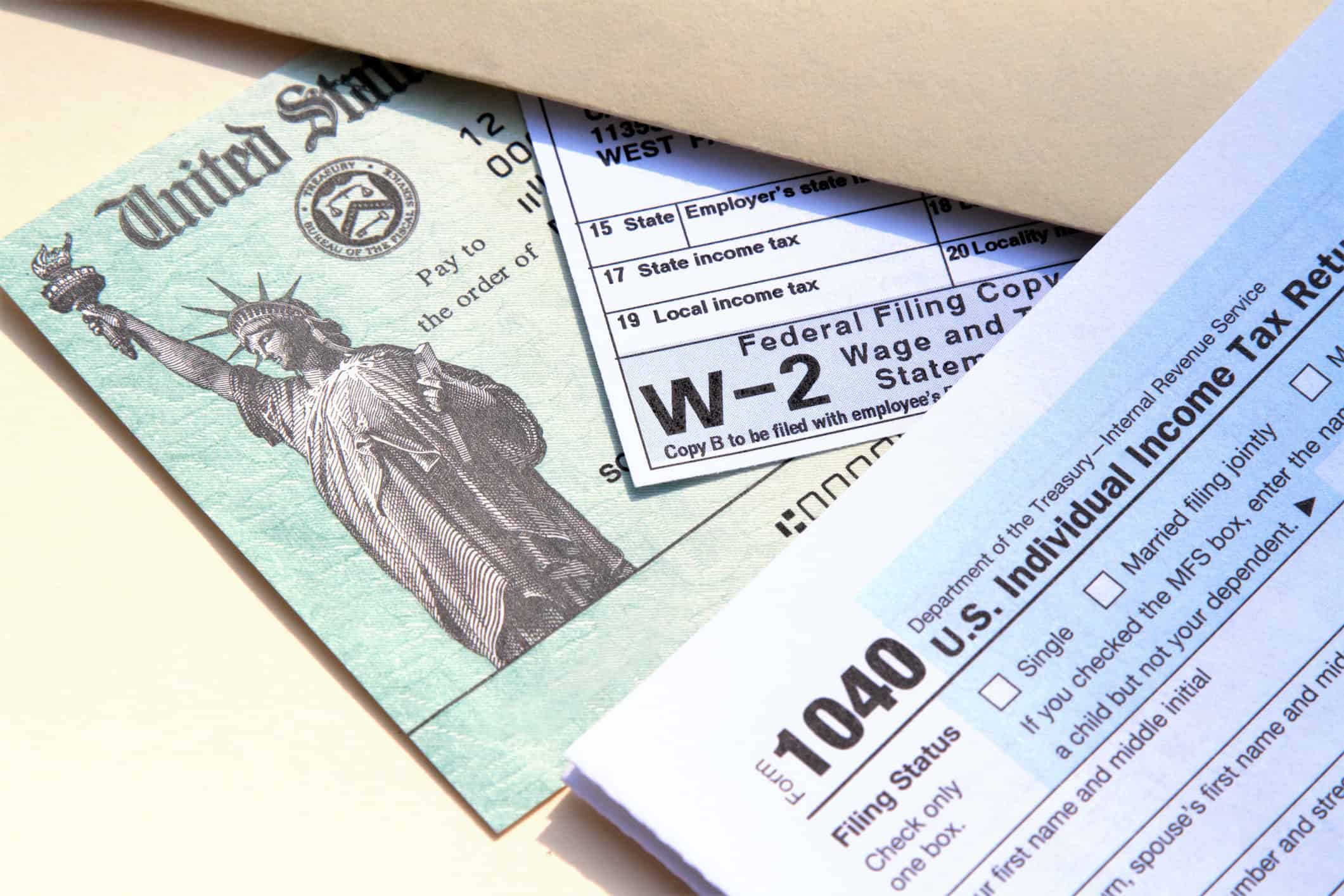
Managing Your Tax Risk with Diversification
Managing the volatility of investment assets through diversification by creating a diversified portfolio is one of the basic principles of investing. Dividing up your investments across various asset classes can help you create the income stream you need, enhancing diversification and reducing risk once you become dependent on your savings and investments in retirement.
Your goal is to create a risk-adjusted return that you can live on, but that is also a balance of selecting investments that allow to you sleep at night, but also keep you from missing out on potential upside.
Creating a portfolio, monitoring, and updating it to keep it in step with market changes is an ongoing process, so that when you are ready to withdraw funds, you can pull enough out for your needs, while still leaving enough to grow for the future. You’ll likely focus on potential risk and return, historical track record, and your risk profile.
But after all that – what about the hit your money takes when it’s time to pay taxes on your withdrawals? Depending on what type of account your funds are located in, your tax liability could wipe out your investment gains.
The Building Blocks of a Tax Diversification Plan
As you save for retirement, there are three main types of accounts you can contribute to. They are all taxed at some point, but the different types each have advantages. Dividing your investments among them and then strategically planning your withdrawals in retirement can help you maximize benefits while you are working and when you are retired.
- Tax-deferred accounts are generally traditional 401(k) 403(b) or IRA accounts. These accounts allow you to accumulate savings with pre-tax dollars while you are working. They lower your income in the year you contribute, can provide tax savings, and they grow tax deferred. However, you will pay taxes on the original contribution amounts and the account’s growth as ordinary income when you withdraw them. If you will be in a lower tax bracket in retirement than when you are working, they provide the opportunity to withdraw the funds at a lower tax rate. However, your investment options are limited to what is offered by the Plan.
- Taxable accounts are the most flexible. These are brokerage accounts that you fund with after-tax dollars. Investment options are very broad, and because you paid the tax on the funds before investing, when you withdraw you only pay taxes on the gains. Tax authorities assess these at either the short-term or long-term capital gains rates.
- Tax-free accounts generally require you to invest with after-tax dollars, so there is no tax due on the original contribution amount when you withdraw. The advantage of the Roth is that they grow tax-free. There is no income or capital gains tax on withdrawals from a Roth.
As you build your retirement nest egg, taking advantage of all three types of accounts can help you lower taxes.
You’ll max out your tax-deferred contributions at either $7,000 for an IRA or 23,000 for a 401(k) if you’re under 50. If you’re 50 or over, you qualify for the IRS catch-up provision of an additional $1,000 or $7,500.
For those who have maxed out their contributions and still have the capacity to save, establishing a taxable brokerage account offers the opportunity to diversify tax planning and investment portfolios, providing access to a wider range of options.
Should your income exceed the Roth account limit ($161,000 for single filers in 2024), considering a conversion to a Roth in retirement may be advisable, when income typically decreases.
Creating a Dynamic Plan
How do you deploy the three types of accounts to shelter as much of your income from taxes as possible?
Let’s look at a hypothetical retirement income scenario drawn from investments (so not including social security or pension assets). Withdrawing $150,000 from investments at a 25% tax rate reduces your after-tax income by $37,500, leaving you with $112,500. If you withdraw it all from a tax-deferred 401(k) account, your after-tax proceeds from the withdrawal will be $112,500.
What happens if you spread out the withdrawal from all three types of accounts?
- Withdraw $75,000 from the tax-deferred account, paying a 25% ordinary income tax rate for after-tax proceeds of $56,250.
- Liquidate $50,000 in assets held for more than a year from your taxable brokerage account. Paying a 15% long-term capital gains rate, resulting in after-tax proceeds of $42,500.
- Take the remaining $25,000 from a tax-free Roth account.
Adding them all up, your after-tax income from the withdrawal is $123,750. The difference of $11,250 in income you get to keep is meaningful.
Additional Tax Planning Benefits of Diversification
Potentially lower your tax burden using tax-loss harvesting in taxable accounts to offset capital gains or ordinary income. In addition, the types of assets you place in each account can help to lower taxes overall. One strategy involves placing equities, and municipal bonds in taxable accounts, and taxable bonds in tax-deferred accounts.
The Bottom Line
Creating a diversified tax strategy can help you keep more of your income. Along with a thoughtfully allocated investment plan, it can help you achieve the retirement lifestyle you want.
Let Hennion & Walsh Offer a Second Opinion
Curious to learn more? Our unmatched client experience will give you peace of mind. Just as you may seek a second opinion about your health, we believe successful investors can gain value and peace of mind by getting a second opinion on their financial health. So, whether you’re worried about today’s uncertain economic environment or looking for increased peace of mind, we can help. Get a complimentary second opinion on all your investment accounts not held at Hennion & Walsh today!
Hennion & Walsh Experience
At Hennion & Walsh, every client, every individual investor, is assigned a dedicated team of investment professionals, planners, and portfolio managers, who collectively analyze your situation through the lens of their respective disciplines.
Each member brings valuable insights to apply to your situation. Whether you’re looking to meet your income needs today or stock market growth for your future, we have an expert sitting with you, helping you, and guiding you through all the scenarios to help you live the life you want.
Hennion & Walsh distinguishes itself in the investment industry with its exceptional in-house team of specialists committed to your success. Unlike other firms that rely on impersonal call centers, Hennion & Walsh provides direct access to experienced bond experts, CERTIFIED FINANCIAL PLANNER (CFP®) professionals, Chartered Financial Analyst (CFA)® charterholders, annuity professionals, and a proficient internal fixed-income trading team. Our customer service team is exceptional, ensuring that every client receives the dedicated attention and support they deserve.
Disclosures:
This commentary is not a recommendation to buy or sell a specific security. The content is not intended to be legal, tax or financial advice. Please consult a legal, tax or financial professional for information specific to your individual situation. Investing involves risk including possible loss of principal. Past performance is no guarantee of future results. Diversification does not guarantee a profit or protect against loss.




